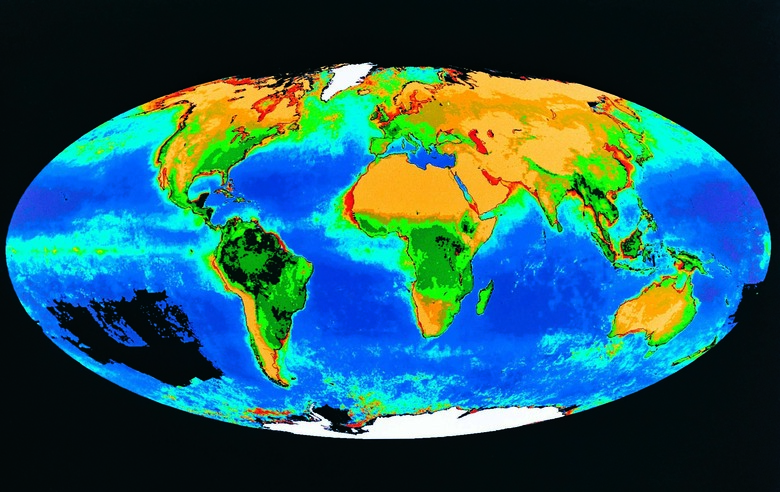Definition Of A Land Ecosystem
A land, or terrestrial, ecosystem is all the living organisms and their physical environment on a particular piece of land. Terrestrial ecosystems may interact and overlap with marine (salt-water) and limnological (fresh-water) ecosystems. A number of terrestrial biomes can be used to classify smaller ecosystems.
Tundra
Tundra
The tundra biome is found near polar latitudes or at high elevations. Temperatures are cold throughout the year. Trees are generally absent due to permafrost.
Taiga
Taiga
Taiga lies at high elevations and latitudes where the growth of trees is possible. Thick forests of conifer trees are the predominant vegetation.
Temperate Forest
Temperate Forest
Temperate forests occur where there are distinct seasonal changes over the course of the year and have deciduous forests.
Rainforest
Rainforest
Rainforests occur at many latitudes but the largest rainforests occur in equatorial areas of South America, Asia, and Africa. The high rainfall of the rainforest often results in extremely poor soil due to leeching.
Grassland
Grassland
Grasslands exist where biotic or abiotic factors limit the presence of trees. Grasses are the dominant vegetation type though sporadic or isolated shrubs or trees may also exist.
Other Terrestrial Biomes
Other Terrestrial Biomes
Additional biomes can be classified according to precipitation, temperature and vegetation such as desert, chaparral and tropical deciduous forest.
Cite This Article
MLA
Chandler, David. "Definition Of A Land Ecosystem" sciencing.com, https://www.sciencing.com/definition-land-ecosystem-5806051/. 24 April 2017.
APA
Chandler, David. (2017, April 24). Definition Of A Land Ecosystem. sciencing.com. Retrieved from https://www.sciencing.com/definition-land-ecosystem-5806051/
Chicago
Chandler, David. Definition Of A Land Ecosystem last modified August 30, 2022. https://www.sciencing.com/definition-land-ecosystem-5806051/
